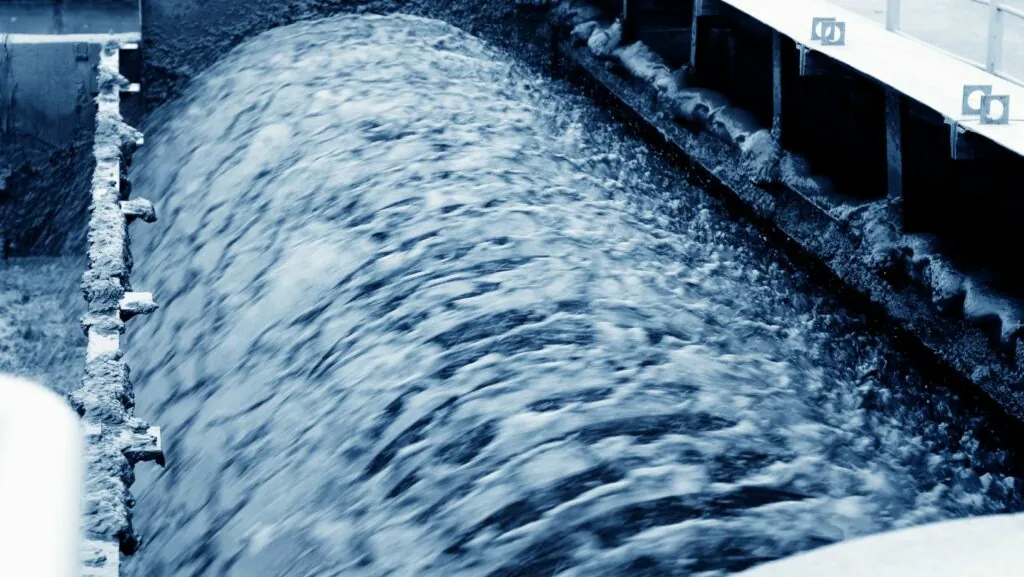PFAS chemicals, often found in water sources, are a growing concern for communities and industries. These substances do not break down easily and can build up in water over time, making filtration and removal an important topic today. Advanced PFAS filtration and removal systems can help protect both public health and the environment by reducing these chemicals in water.
People and organizations are looking for an effective PFAS solution for water treatment to meet new standards and keep water safe. Advanced systems and new technologies are now making it easier and more practical to remove PFAS from water, offering a cleaner and safer future for everyone.
- Guarantees compliance with EPA’s 2024 legally enforceable PFAS drinking water standards
In 2024, new legally enforceable standards for PFAS in drinking water were introduced. These standards set strict limits on how much PFAS can be present in public water supplies. Water systems must now monitor and meet these requirements by specific deadlines.
Investing in advanced PFAS filtration and removal systems helps water providers stay within these new legal limits. These systems are designed to reduce PFAS levels, making it easier for water providers to pass required tests and avoid violations.
Compliance is not just about following rules but also about public health and legal safety for communities. Failure to meet the standards can lead to costly penalties and risks. Modern filtration systems support regular monitoring and reporting, helping water systems maintain acceptable PFAS levels as required by law.
- Utilizes Nano Filtration (NF) and Reverse Osmosis (RO) to effectively remove PFAS molecules
Advanced PFAS filtration systems use Nano Filtration (NF) and Reverse Osmosis (RO) to separate harmful substances from water. Both of these methods use high-pressure membranes to block larger PFAS molecules while letting clean water pass through.
NF and RO are well-tested technologies for removing many types of water contaminants, including PFAS that may not be filtered out by standard methods. These membranes are designed to target the size and chemistry of PFAS compounds.
By using these technologies, filtration systems can achieve a high rate of PFAS removal. The process divides water into two streams—filtered water and a waste stream that contains the unwanted chemicals.
Thin-film composite membranes are widely used in these systems because they can trap a range of PFAS molecules. This makes NF and RO practical steps for anyone interested in reducing PFAS in their water supply.
- Incorporates hybrid systems combining activated carbon adsorption, membrane filtration, and advanced oxidation
Hybrid systems work by using several treatment steps together. These often include activated carbon adsorption, membrane filtration, and advanced oxidation. Combining these steps can help remove more PFAS from water than using just one method alone.
Activated carbon is often chosen for its ability to capture many types of contaminants, including PFAS. However, it can become less effective over time. When this happens, pairing it with other approaches, like membranes and oxidation, keeps the system working well.
Membrane filtration physically separates tiny pollutants from the water. When used with activated carbon, it can catch particles that slip through the first stage.
Advanced oxidation deals with chemicals that are hard to remove by breaking them down into simpler forms. This step helps with PFAS that resist both carbon and membrane methods.
Using all three methods together can give better results for PFAS removal than only one by itself. Each step addresses different types of PFAS and other contaminants.
- Delivers long-term cost savings by reducing environmental cleanup and health liabilities
Investing in advanced PFAS filtration and removal systems can help save money over time. By stopping PFAS from spreading, organizations lower the need for future cleanup projects, which can be very expensive.
These systems also decrease the chance of health issues connected to PFAS exposure. This means fewer potential costs related to medical care, lawsuits, or insurance.
Addressing PFAS pollution early helps avoid large-scale contamination that is costly to fix. Over the years, these savings can add up, making advanced filtration a smart choice for both budgets and public well-being.
Advanced filtration helps limit future liabilities and gives communities peace of mind about water safety. This forward-thinking step supports both financial stability and a healthier environment.
- Employs AI-driven analytics to optimize filtration performance and contamination prediction
Advanced PFAS filtration systems now use AI-powered analytics to improve how the filters work. These smart systems track data like flow rates, pressure, and turbidity. They quickly spot small changes that can signal filter problems before they get worse.
By processing data in real time, AI can help adjust settings for the best filtration. This improves the removal of PFAS while saving energy and reducing downtime.

AI can also predict when contamination might happen based on trends in water quality. This lets operators act early to keep water cleaner and safer.
The use of AI in PFAS removal adds another layer of control. As more facilities use these tools, the process becomes more efficient and cost-saving over time.
Conclusion
Advanced PFAS filtration and removal systems offer effective ways to address persistent chemical pollution in water. They combine different treatment methods, like activated carbon and membrane filtration, for greater success.
These technologies are adaptable and can handle a range of contaminants. New methods, including membrane systems and AI-driven tools, help boost removal rates. Communities are turning to these solutions to meet stricter safety standards and protect public health.

